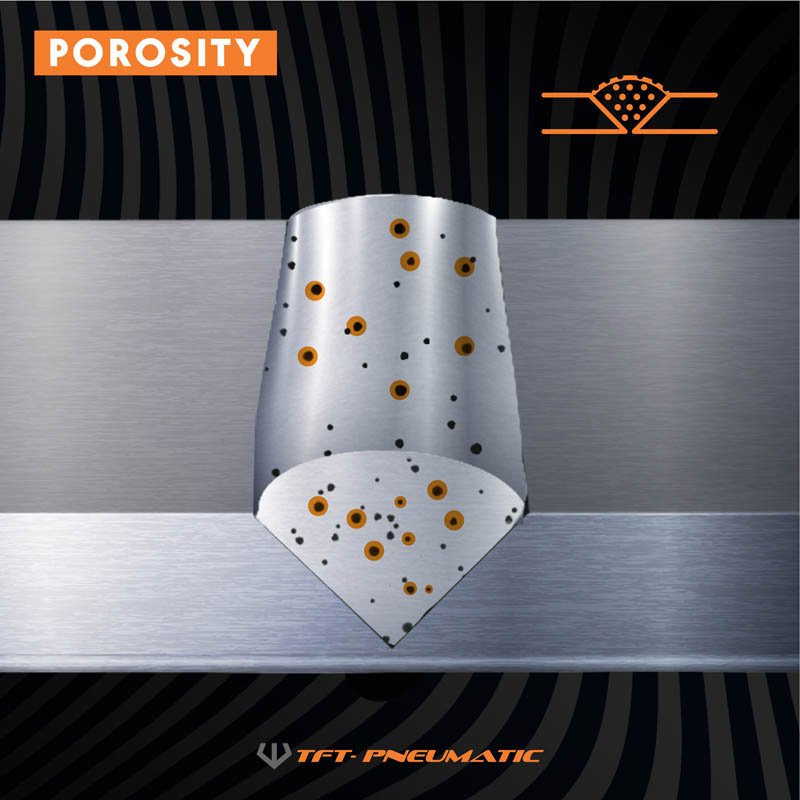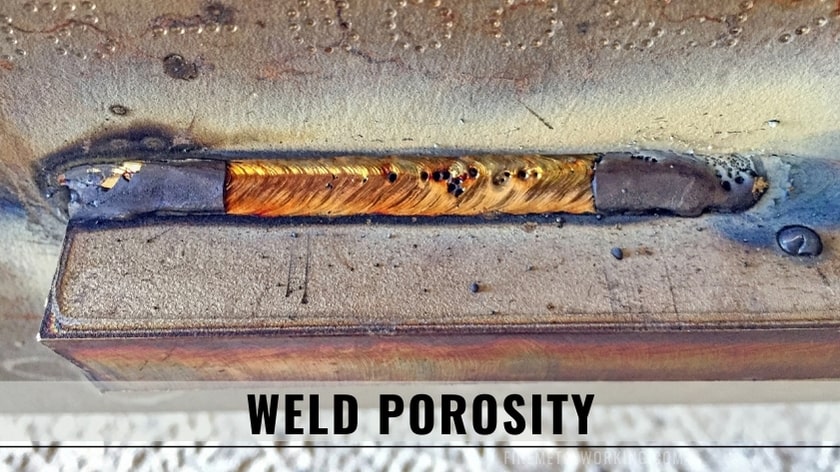The Science Behind Porosity: A Comprehensive Guide for Welders and Fabricators
Understanding the complex devices behind porosity in welding is vital for welders and fabricators aiming for flawless workmanship. From the composition of the base materials to the intricacies of the welding procedure itself, a wide range of variables conspire to either aggravate or reduce the presence of porosity.
Recognizing Porosity in Welding
FIRST SENTENCE:
Examination of porosity in welding discloses critical understandings into the integrity and high quality of the weld joint. Porosity, characterized by the existence of cavities or spaces within the weld steel, is an usual concern in welding processes. These voids, if not appropriately dealt with, can endanger the structural integrity and mechanical residential properties of the weld, leading to possible failings in the finished product.

To identify and measure porosity, non-destructive testing methods such as ultrasonic screening or X-ray assessment are usually used. These methods allow for the identification of inner defects without endangering the stability of the weld. By assessing the size, shape, and circulation of porosity within a weld, welders can make educated decisions to improve their welding procedures and accomplish sounder weld joints.

Elements Influencing Porosity Formation
The occurrence of porosity in welding is influenced by a myriad of elements, varying from gas protecting efficiency to the details of welding criterion settings. Welding criteria, consisting of voltage, existing, travel rate, and electrode type, likewise effect porosity formation. The welding method used, such as gas metal arc welding (GMAW) or shielded steel arc welding (SMAW), can influence porosity formation due to variants in warmth circulation and gas insurance coverage - What is Porosity.
Impacts of Porosity on Weld High Quality
Porosity development considerably jeopardizes the structural stability and mechanical properties of welded joints. When porosity is present in a weld, it produces voids or tooth cavities within the product, reducing the total toughness of the joint. These spaces act as stress and anxiety concentration points, making the weld more vulnerable to cracking and failure under load. The existence of porosity likewise deteriorates the weld's resistance to corrosion, as the caught air or gases within deep spaces can react with the surrounding atmosphere, causing deterioration with time. In addition, porosity can hinder the weld's capability to stand up to stress or impact, additional endangering the total quality and reliability of the bonded structure. In vital applications such as aerospace, vehicle, or structural building and constructions, where safety and longevity are vital, the harmful effects of porosity on weld high quality can have serious consequences, highlighting the significance of reducing porosity via correct welding strategies and procedures.
Strategies to Reduce Porosity
Furthermore, making use of the proper welding criteria, such as investigate this site the proper voltage, present, and travel rate, is important in stopping porosity. Keeping a regular arc size and angle throughout welding also helps reduce the possibility of porosity.

Utilizing the ideal welding method, such as back-stepping or employing a weaving movement, can additionally help distribute warm uniformly and minimize the possibilities of porosity development. By implementing these strategies, welders can efficiently lessen porosity and produce top notch welded joints.

Advanced Solutions for Porosity Control
Applying advanced innovations and innovative methods plays an essential function in attaining exceptional control over porosity in welding processes. One sophisticated service is using sophisticated gas mixtures. Protecting gases like helium or a blend of argon and hydrogen can help in reducing porosity by giving much better arc security and boosted gas coverage. Furthermore, employing sophisticated welding methods such as pulsed MIG welding or changed atmosphere welding can likewise assist alleviate porosity concerns.
Another sophisticated solution entails using advanced welding devices. Making use of devices with integrated attributes like waveform control and sophisticated power resources can improve weld quality and lower porosity dangers. The implementation of automated welding systems with exact control over parameters can dramatically reduce porosity problems.
Additionally, including innovative tracking and inspection innovations such as real-time X-ray imaging or automated ultrasonic screening can aid in discovering porosity early in the welding procedure, enabling prompt restorative activities. Generally, integrating these here innovative solutions can greatly improve porosity control and boost the total quality of bonded elements.
Conclusion
In verdict, understanding the science behind porosity in welding is important for welders and fabricators to create top notch welds - What is Porosity. Advanced solutions for porosity control review can even more improve the welding process and make certain a solid and dependable weld.